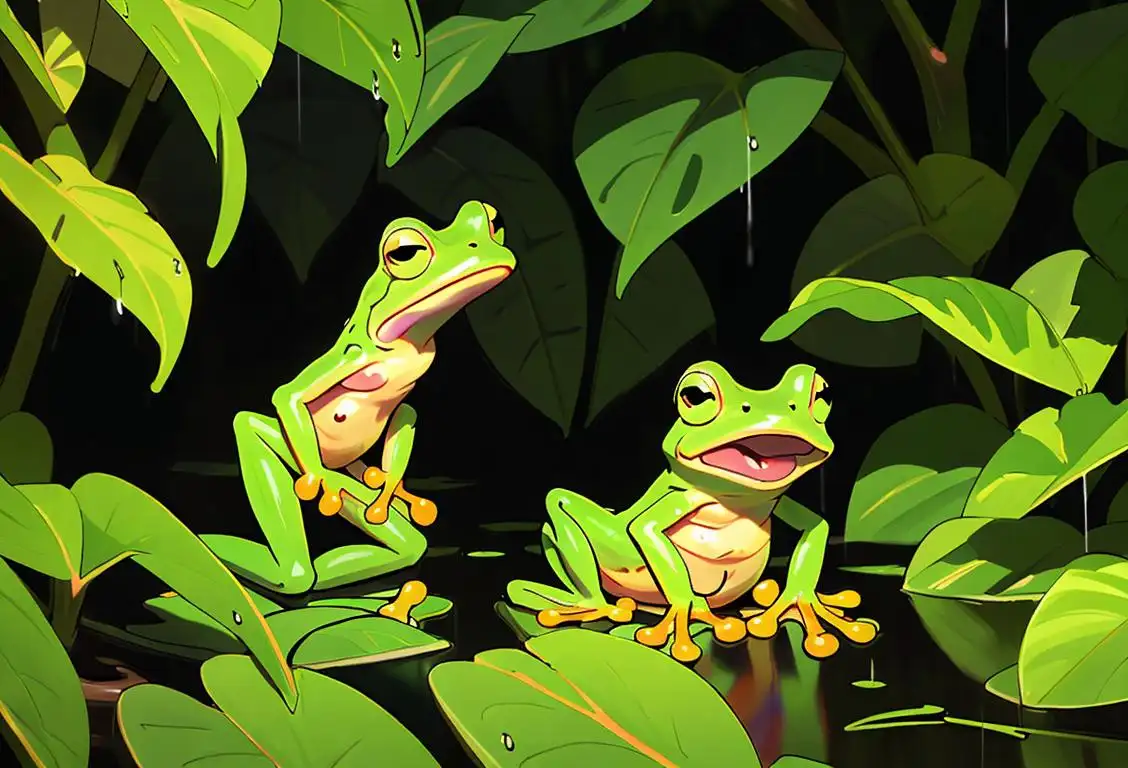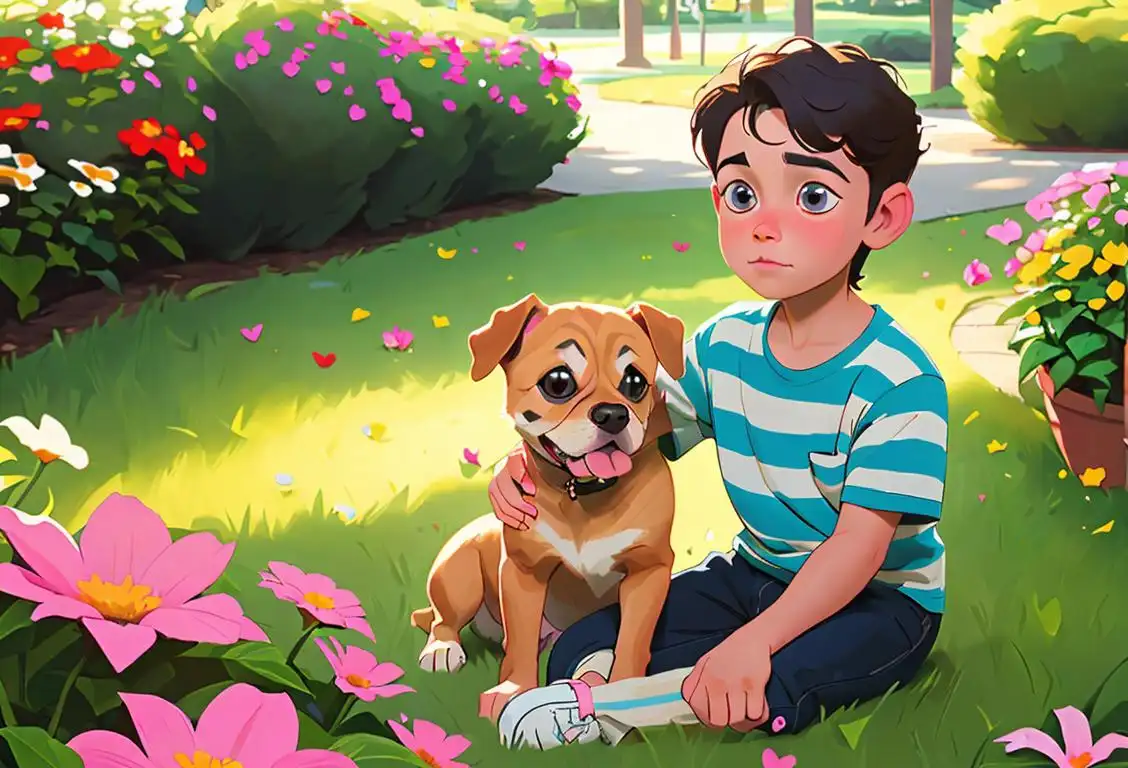National Baw Baw Frog Day

Welcome to National Baw Baw Frog Day, a hop-tastic celebration that will surely make you jump for joy! This special day is dedicated to one of Australia's fascinating amphibians, the Baw Baw Frog. Join us as we explore the online history, interesting facts, and the fabulous world of these slimy but lovable creatures.
When is Baw Baw Frog Day?
It's national baw baw frog day on the 17th November.
The Internet History of National Baw Baw Frog Day
National Baw Baw Frog Day first made a big splash on the internet on November 17, 2017. It quickly became a popular topic among frog lovers, environmentalists, and those who appreciate the unique wildlife found in Australia. Since then, Baw Baw Frog enthusiasts have been hopping online to share their love for these amazing creatures.
On National Baw Baw Frog Day, social media platforms come alive with tons of adorable frog pictures, fascinating facts, and conservation efforts. People take the opportunity to educate others about the importance of protecting the fragile habitats of these frogs and raise awareness about the threats they face in the wild.
The Fabulous World of Baw Baw Frogs
Now that we have delved into the internet history of National Baw Baw Frog Day, let's dive into the froggy world of our lovely amphibian friends. Baw Baw Frogs, also known as Philoria frosti, are native to the mountainous regions of Victoria, Australia. These little hoppers have a distinctive appearance with their rough, warty skin and vibrant colors of green, gray, and brown.
What sets the Baw Baw Frogs apart from other frogs is their special adaptation to cold temperatures. They can survive freezing conditions by burrowing deep into the leaf litter, hibernating until the weather warms up. Isn't that amazing? These frogs are like the ultimate snowbirds, just without the beach and palm trees!
Unfortunately, the Baw Baw Frog population has been declining due to habitat loss and the deadly chytrid fungus. That's why National Baw Baw Frog Day plays a crucial role in raising awareness and supporting conservation efforts to ensure the survival of these delightful creatures.
Did You Know?
Did you know that Baw Baw Frogs communicate with each other using a series of clicks and whirrs? It's their unique way of saying, 'Hey, buddy, let's hang out!' So the next time you're strolling through the Australian wilderness and hear some curious noises, don't be alarmed; it's just the Baw Baw Frogs having a good old chat with their amphibian pals!
History behind the term 'Baw Baw Frog'
1984
Discovery of the Baw Baw Frog
The Baw Baw Frog, also known as Philoria frosti, was first discovered in 1984. It gets its name from the Baw Baw Plateau in Victoria, Australia, where the frog is found. This small, elusive frog has a unique appearance with its bumpy skin and vibrant colors, making it a fascinating find for scientists and nature enthusiasts alike.
1990
Listing as an Endangered Species
In 1990, the Baw Baw Frog was officially listed as an endangered species. This classification was due to several factors, including its limited habitat range and declining population. The frog's habitat on the Baw Baw Plateau was under threat from climate change, habitat degradation, and the introduction of predators. As a result, efforts were initiated to raise awareness and conserve this unique frog species.
2003
Establishment of Baw Baw Frog Recovery Programs
In 2003, dedicated recovery programs were established to protect and conserve the Baw Baw Frog. These programs aimed to restore and manage its habitat, implement monitoring and research, and raise public awareness about the importance of the frog's conservation. The efforts focused on reducing threats, such as habitat loss and disease, to ensure the survival of this critically endangered species.
2010
Successful Captive Breeding Programs
By 2010, significant progress had been made in captive breeding programs for the Baw Baw Frog. These programs involved creating controlled environments in which frogs could reproduce and their offspring could be raised before being reintroduced into the wild. This technique helped boost the population and provided hope for the species' long-term survival.
2013
Continued Conservation Efforts
In 2013, ongoing conservation efforts focused on continuing habitat restoration, monitoring, and public engagement. The Baw Baw Frog became an emblematic species, representing the importance of preserving biodiversity and the unique ecosystems of the region. Education initiatives were implemented to engage the local community and instill a sense of stewardship towards the frog and its habitat.
Did you know?
Did you know that Baw Baw Frogs communicate with each other using a series of clicks and whirrs?Tagged
awareness funFirst identified
17th November 2017Most mentioned on
17th November 2017Total mentions
9Other days
Nurses Day
Former Prisoner Of War Recognition Day
Press Day
Handloom Day
Heroes Day
Memorial Day
Dance Day
Bestfriends Day
Liberation Day
Love Your Pet Day









